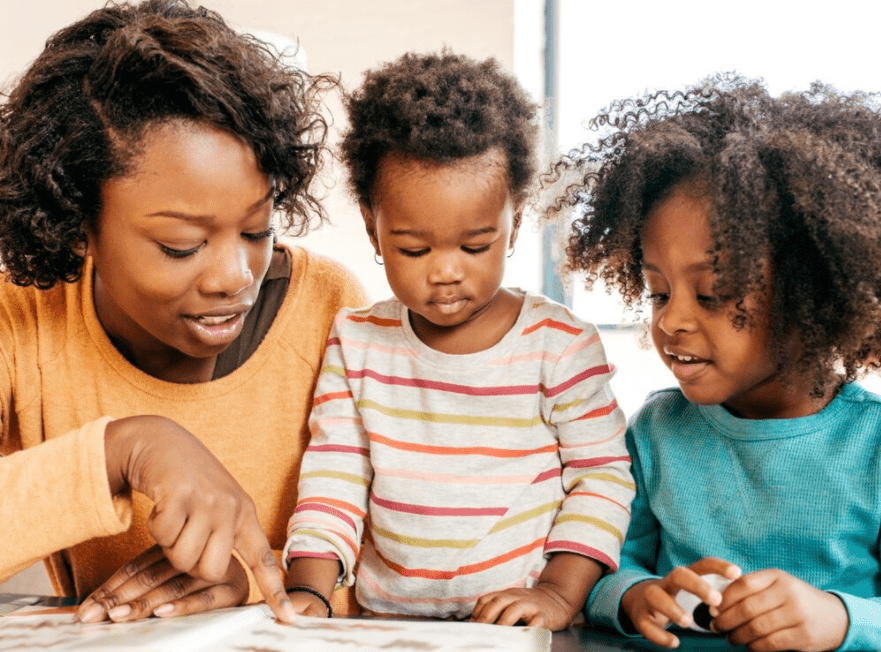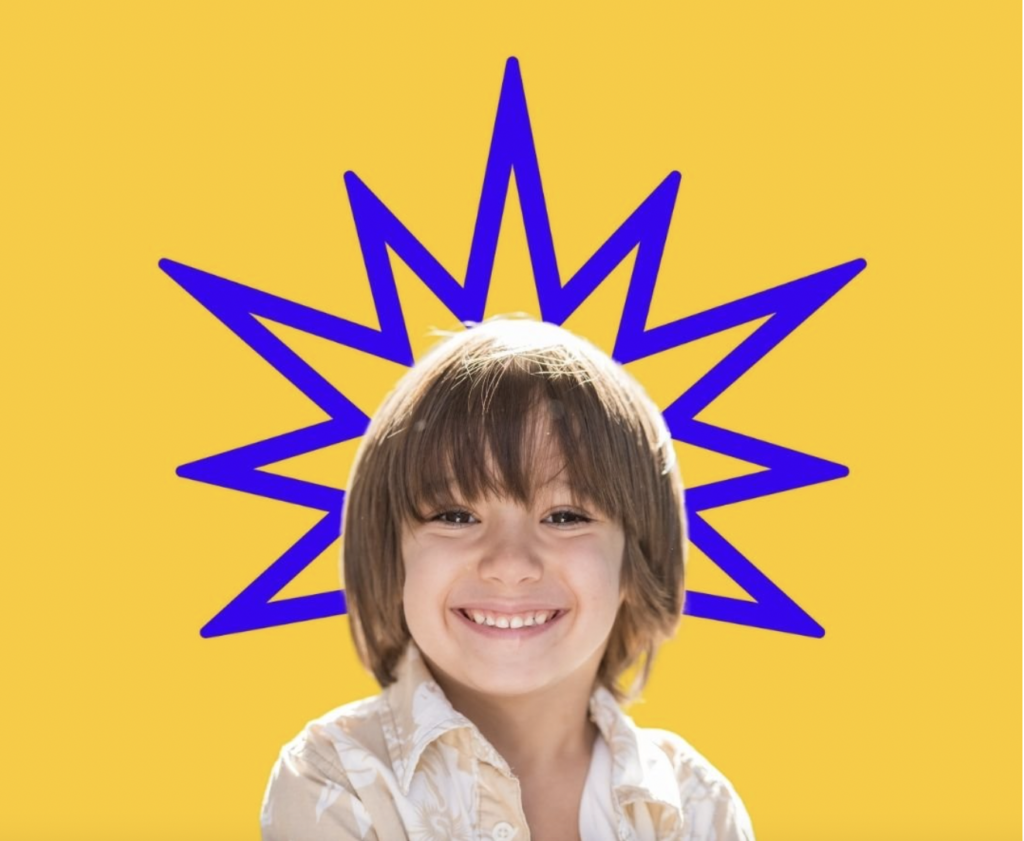
The first step in learning how to read is developing the understanding that printed letters represent sounds in spoken language. This is aptly called The Alphabetic Principal. As students are developing this awareness, it’s important that they receive many opportunities to practice connecting letters with their sounds. There are so many fun and engaging ways to deepen these connections. Here are some of our favorite games to supplement your child’s learning:
I Spy
Ask students to name as many items in their environment as possible that begin with a given letter sound. To play this game, children don’t necessarily need to know their letters. They just need to be able to hear what sound a word starts with. (You may need to model this for your child at first if this isn’t something they’ve mastered.) If you give them a ‘d,’ for example, they might identify a dog, a door, or a dish. Have them compete against themselves to see how many items they can name for each letter you give them.
Sound Insertion Games
A big reading milestone occurs when students move from knowing letter names and letter sounds to eventually, putting those sounds together to form full words. The most effective way to help students develop this skill is through activities that have them manipulating sounds within words. Here is a fun way to take the “I Spy” game above to the next level. Wherever you are, have your child look around their environment. This could be their bedroom, the kitchen, or while you are out on a walk. Give them a letter, and have them identify something they see that starts with that letter. For very early readers, this should be a simple word, like hat or pot.
Once they identify the word, ask what word you would have if you changed a sound, then tell them the sound. This exercises their decoding skills. Once they’ve mastered this “level,” you can challenge them further. Ask them what sound you would have to replace to make another word. This time, don’t give them the sound, but give them the word. This strengthens their encoding skills.
Finally, ask them to replace one of the sounds in the word, and have them come up with their own word, and tell you what sound would be in it! This is also a great way to work on rhyming. If your student starts with the word “cat,” and you ask them to replace the ‘c’ with another letter, perhaps they’ll make the word ‘hat,’ which is in the same word family as ‘cat,’ and therefore, they rhyme.
Ghost
For more advanced spellers, Ghost is a super fun game the whole family can play (especially effective for long car rides). One person thinks of a word, but doesn’t say the word out loud. They only say the first letter. Players take turns adding on letters one at a time, trying to avoid being the first person to spell out a real word. If a player spells a real word, or says a letter that cannot be continued to form a real word, they get a letter of the word “ghost.” The first player to get all the letters in the word “ghost” is out.
Classic Word Games
There is also tremendous learning potential in classic word games like Scrabble, Boggle, Bananagrams, and Snowman (one version of the game formerly known as Hangman). Not only do these games help students forget they are practicing reading and spelling, but they also teach kids how to manipulate letters and sounds to create new words.




